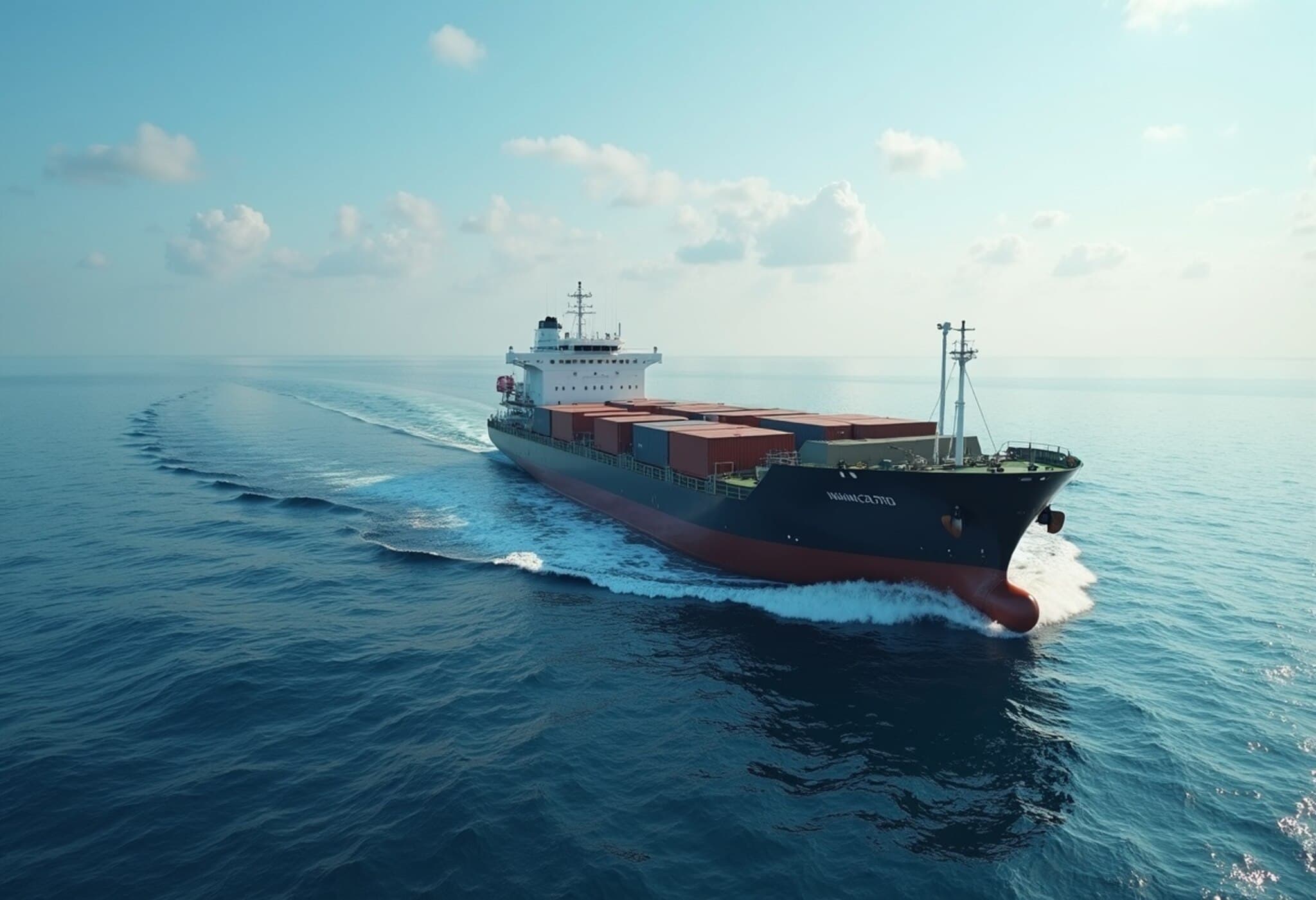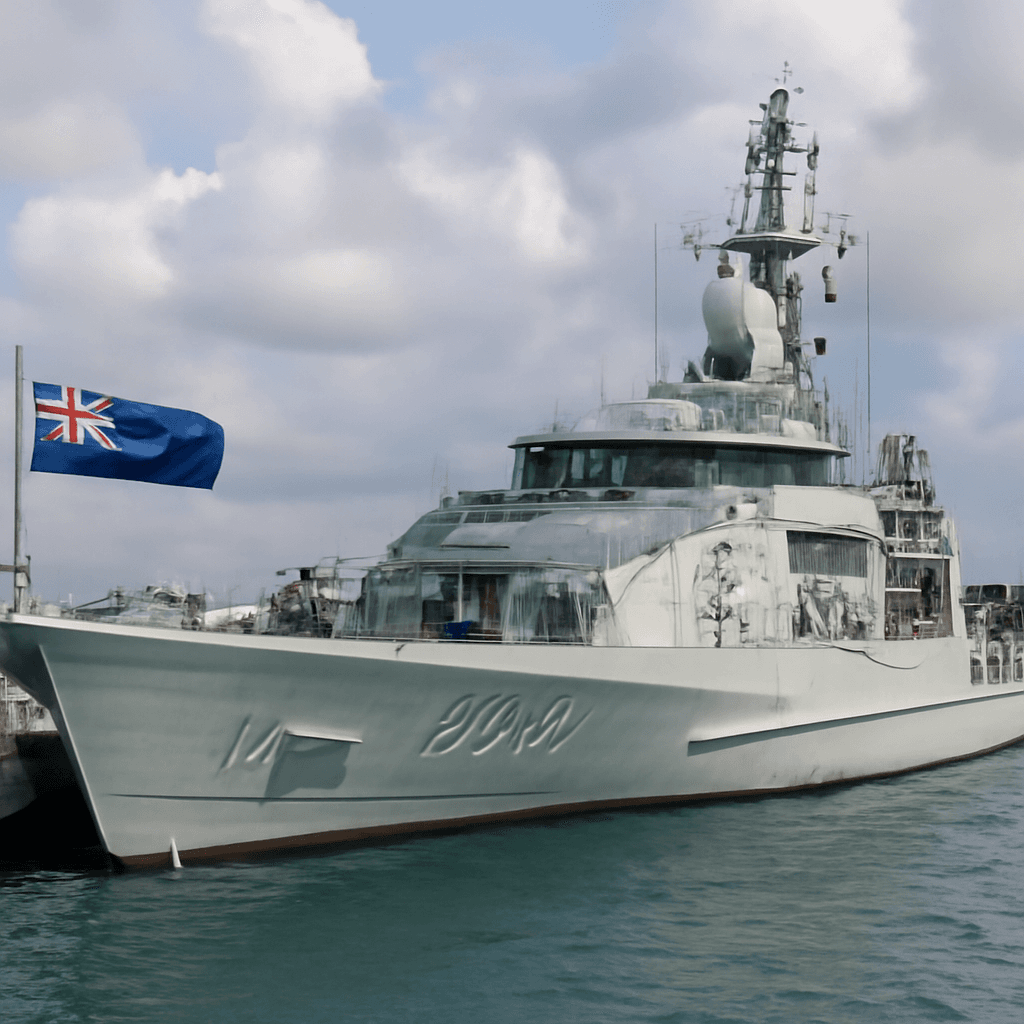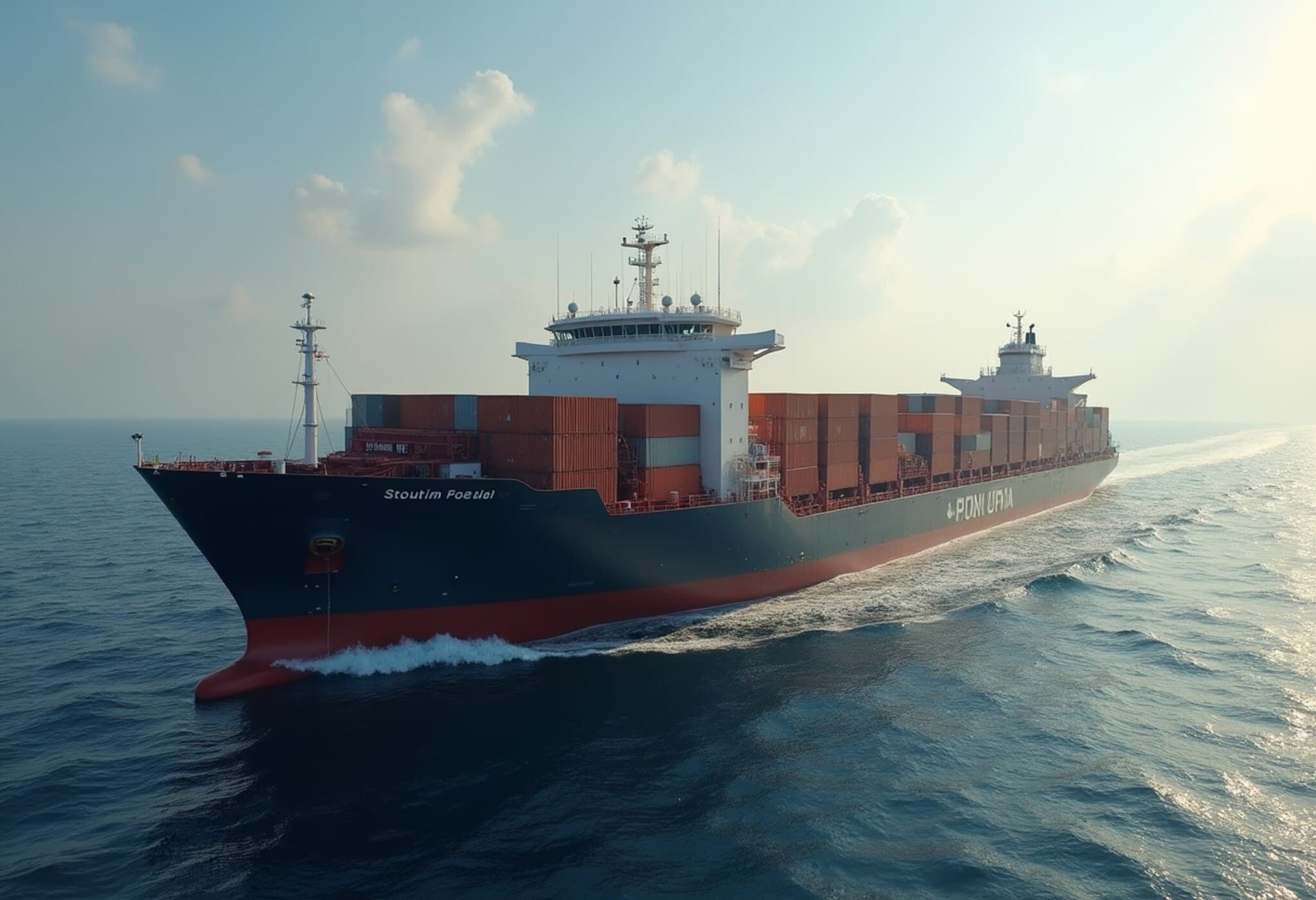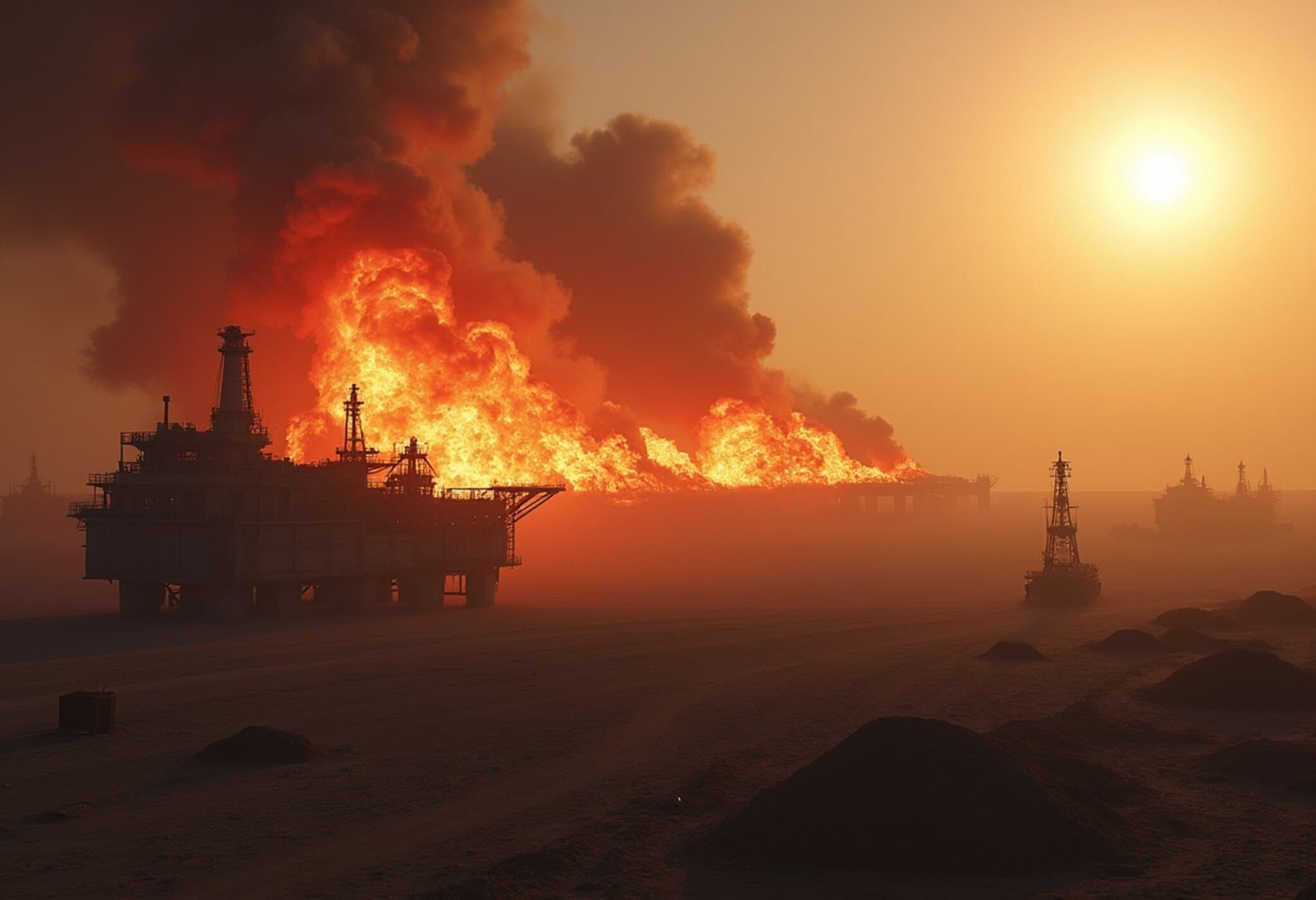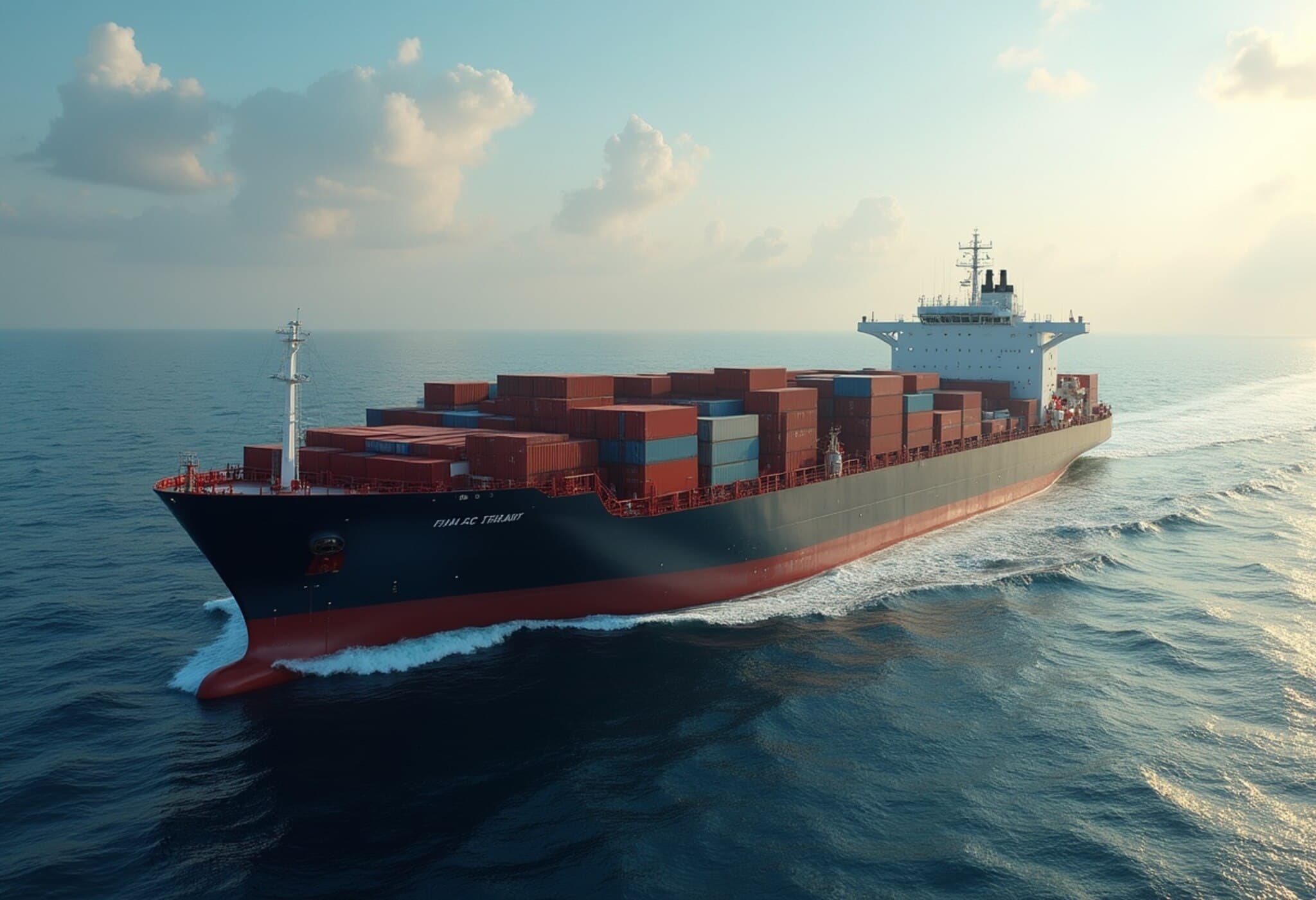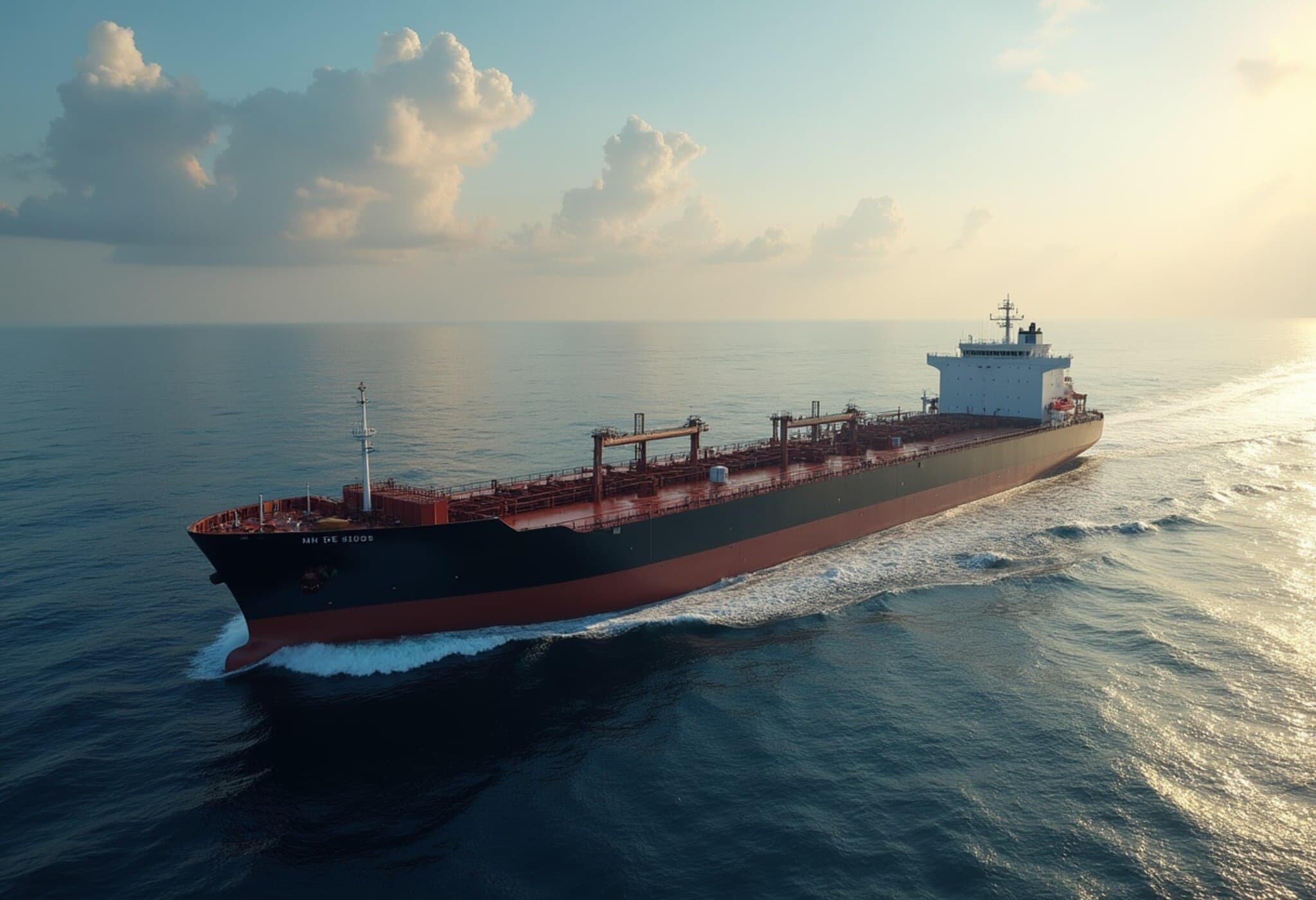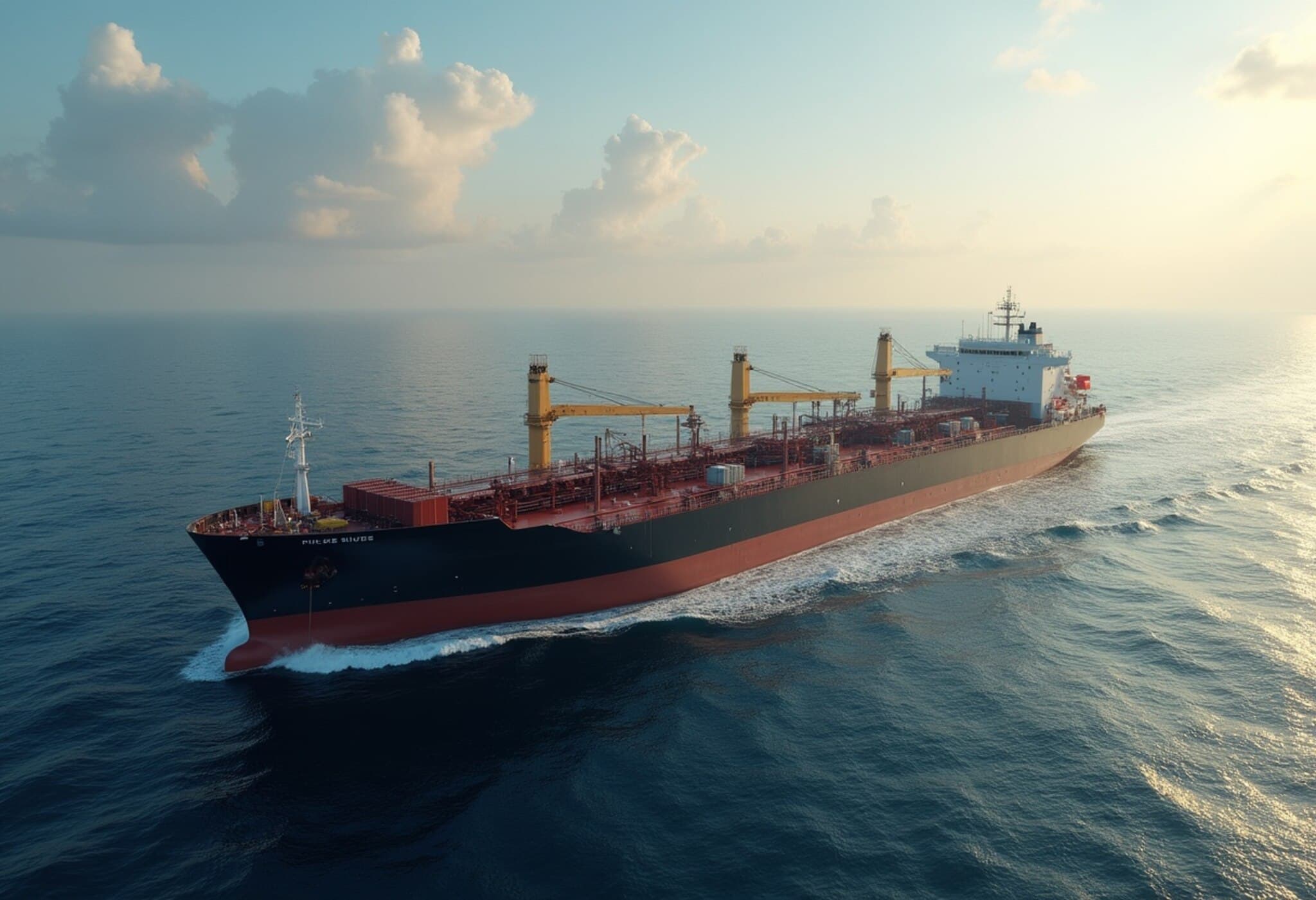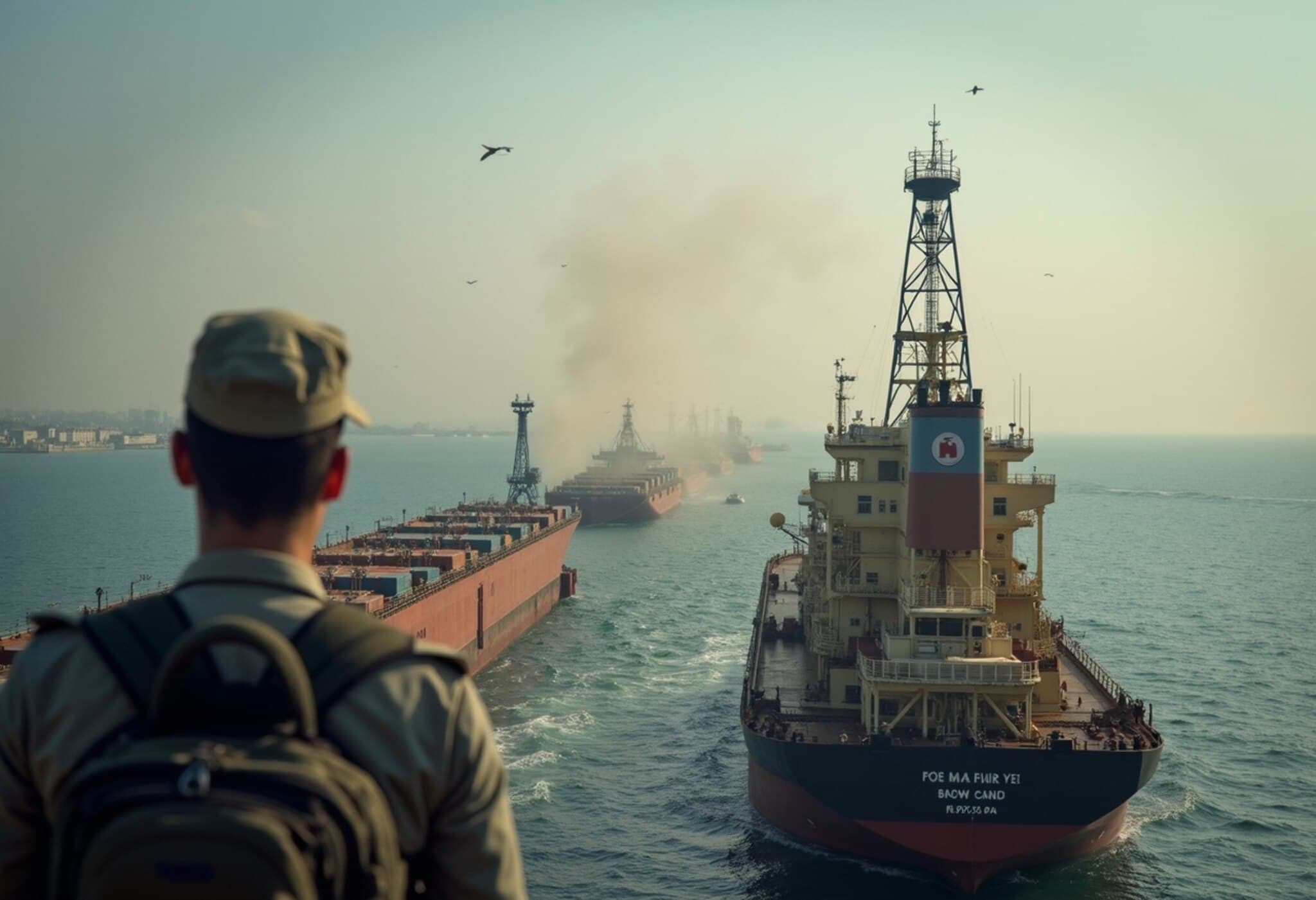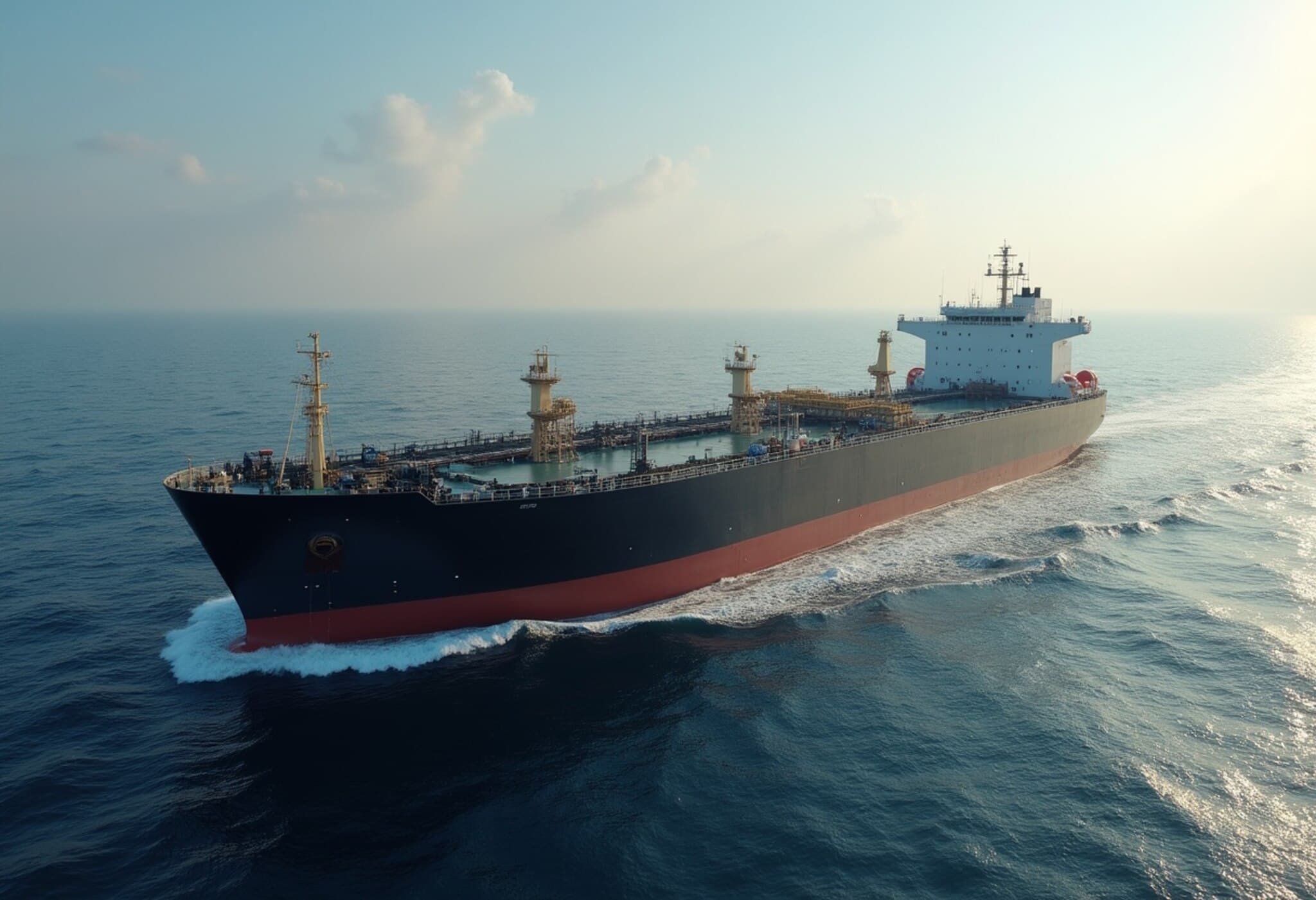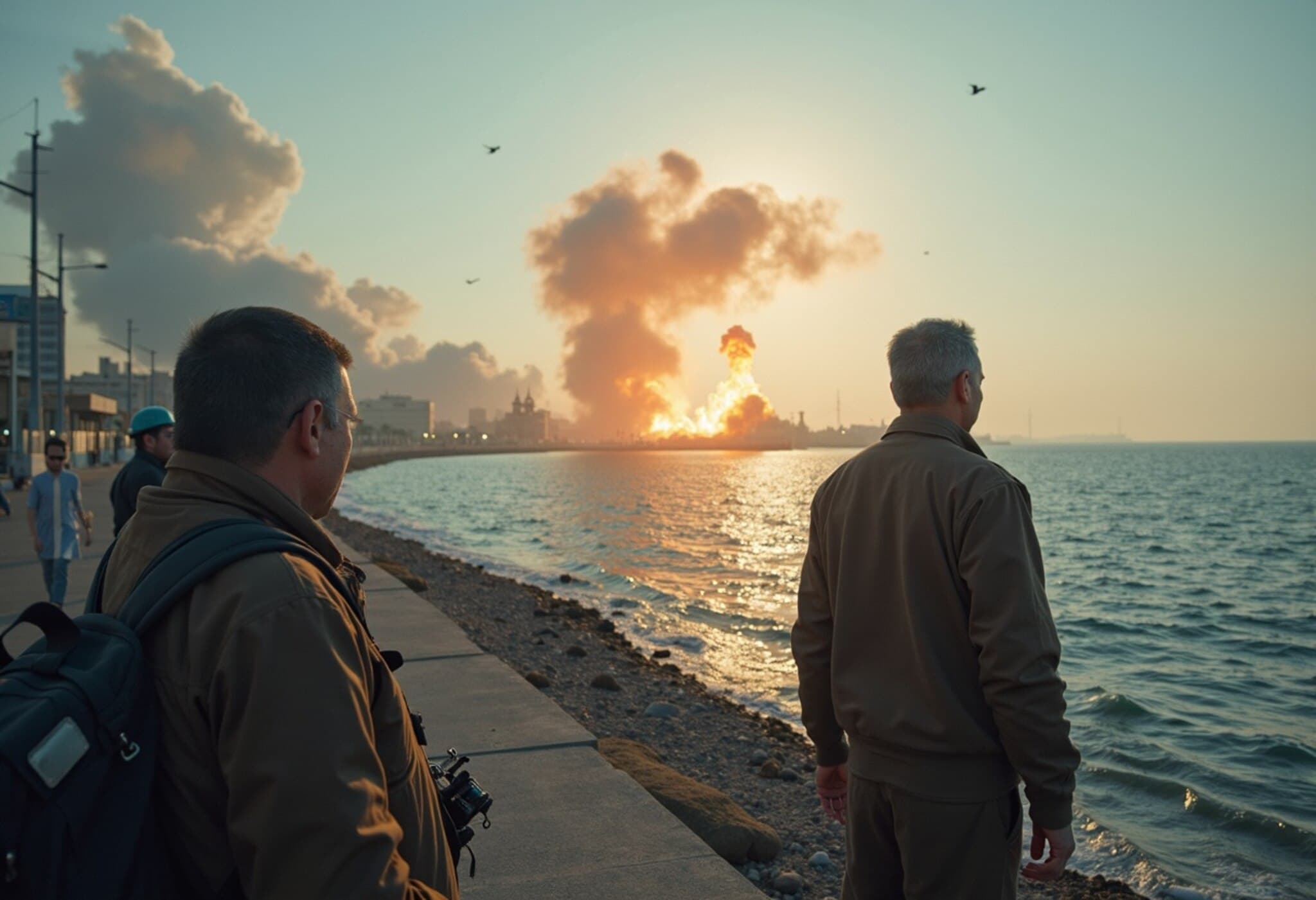Escalating Threats to Shipping in the Arabian Peninsula Waters
Shipping lanes around the Arabian Peninsula, including the Strait of Hormuz, the Red Sea, and the Gulf of Aden, are witnessing a surge in risks amid escalating tensions between Iran and Israel, coupled with recent U.S. strikes on Iranian nuclear sites. These developments have raised alarms about the safety of commercial vessels traversing these critical maritime corridors.
Heightened Security Concerns from Key Shipping Authorities
The world’s leading shipping organization, representing shipowners, charterers, and maritime agents, has issued warnings about increased dangers in the region. Jakob Larsen, head of security at the organization, highlighted the growing menace posed by both Iranian forces and Houthi rebels. Notably, Iran is believed to be capable of deploying antiship missiles and drones against vessels, especially in the Strait of Hormuz—a vital chokepoint for global oil and gas shipments.
Houthi rebels have also intensified their threats against commercial ships, particularly those linked to Israeli or U.S. interests, though attacks on ships with other affiliations cannot be ruled out.
Current Shipping Operations Remain, But Alert Levels Soar
Despite the grim security landscape, major container shipping companies report that freight vessels continue to navigate the Strait of Hormuz. However, the risk level remains high and conditions could change rapidly. For example, Hapag-Lloyd’s spokesperson noted, "We currently are still crossing the Strait of Hormuz. Alert level is high, though, and things might change by the hour." Meanwhile, the global logistics giant Maersk has temporarily halted calls to Israel’s largest container port in Haifa amid missile threats, although the port itself has not sustained damage.
Strategic Importance of the Strait of Hormuz and Surrounding Ports
The Strait of Hormuz links the Persian Gulf to the Arabian Sea and is crucial for the transit of about 20.9 million barrels per day of oil—roughly 20% of global petroleum liquids consumption. Interruptions here could sharply inflate shipping costs and cause significant delays in oil supply chains worldwide.
The Strait, while accounting for less than 4% of global container trade, is complemented by key ports like Jebel Ali and Khor Fakkan. These ports serve as vital hubs for freight redistribution across the Gulf, South Asia, and East Africa, with Dubai particularly emerging as a major logistic center.
Surging Freight and Tanker Rates Reflect Growing Risks
The geopolitical upheaval has triggered a notable spike in shipping costs. Freight rates from Shanghai to Jebel Ali, for instance, have surged by 55% month-over-month, pushing spot rates to approximately $2,761 per forty-foot equivalent unit (FEU). Similarly, tanker voyages from the Middle East to China have witnessed increases of over 150% weekly, alongside notable jumps on other routes for crude and gas carriers.
These hikes are largely due to added security expenditures, soaring fuel prices, and faster transits through dangerous zones to minimize exposure time.
Insurance Costs and Protective Measures on the Rise
Marine insurance rates, particularly for hull and machinery coverages for vessels passing through the Strait of Hormuz, have escalated by more than 60%. Shipping authorities are urging vessel operators to reassess security protocols. Recommendations include:
- Rerouting to keep distance from Iranian coastline
- Maintaining close communication with naval forces via maritime trade operations centers
- Increasing vigilance and promptly reporting suspicious activities
- Enhancing ship resilience through watertight integrity and readiness for damage control and firefighting
While the organization stops short of advising a full avoidance of conflict zones, it stresses that shipowners should weigh all security risks carefully, considering vessel vulnerabilities, crew safety, and cargo exposure.
Outlook Amid Uncertainty
The situation remains fluid as Iran’s next moves after the U.S. strikes are hard to predict. The use of sea mines remains a potentially grave threat but is considered less likely due to risks of collateral damage to Iran's own trade interests and environmental consequences. Meanwhile, U.S. naval assets tasked with protecting military bases might have limited capacity to escort commercial vessels, especially those without ties to U.S. or Israeli interests.
Given these complexities, maritime stakeholders must stay agile, balancing operational demands with emerging security challenges to ensure the safe and steady flow of global trade through this geopolitically sensitive corridor.

